
Breakout Boards
What is a breakout board?

The purpose of a breakout board is that it takes an electrical component, like a small sensor, and makes it easy to connect this to your Arduino, Raspberry Pi, or whatever platform you are using. Breakout boards are designed to simplify the process of prototyping with different components in your latest electronics project.
The component being connected is usually an integrated circuit (IC) – a small computer chip – which has a number of “pins” on them. These act as the connections between the chip and the rest of the system such as for power supply, ground or input and outputs. In the past ICs were large enough that you could drill a hole in the circuit board and use this to solder in a “through hole” pin which can easily be used with solderless breadboards. Over time the size of electrical components shrunk to the point were it is not practical to drill a hole in the circuit board – this has led to the rise of surface mount devices (SMDs). The ICs in these devices can no longer be used directly with solderless breadboards – breakout boards “break out” the conductors from the SMD onto a printed circuit board which can be easily be clipped into a breadboard again.
A comparable product is an Arduino shield which also allows simplifies the process of connecting new components to the main development platform. One advantage of breakout boards are that they tend to be smaller with the printed circuit board often being of a similar size to the IC. The main benefit is that breakout boards are not designed for use with any particular platform and are compatible with most micro-controller development boards – giving you more flexibility when you are experimenting with different setups.
- Product
- Qty in Cart
- Quantity
- Price
- Subtotal
-

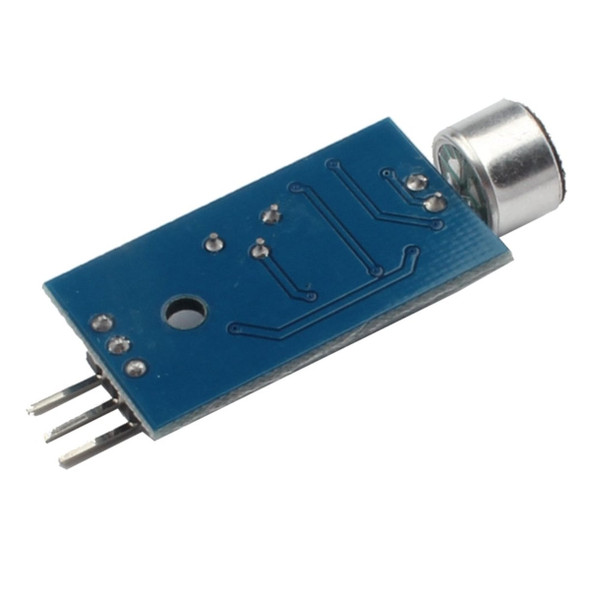
High Sensitivity Sound Microphone Sensor Detection Module
Proto-PIC
£2.00High Sensitivity Sound Microphone Sensor Detection Module What did you say??? If only I had one of these super sensitive sound devices plugged in! The main chip is the LM393 with a working voltage of 4-6V DC, so perfect for use with an Arduino Uno or any...£2.00Qty in Cart: 0Price:£2.00Subtotal: -
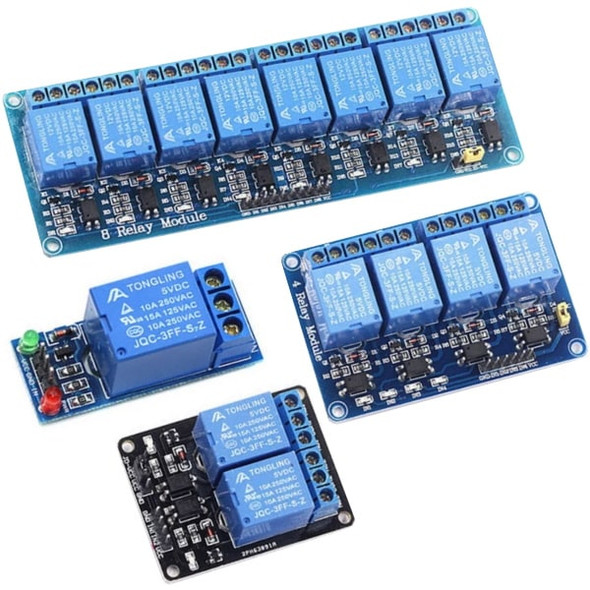
Relay Module With Optocoupler, 5V DC Control, 1/2/4/6/8 Channel
£4.50 - £7.00Relay Module With Optocoupler, 5V DC Control, 1/2/4/6/8 Channel We've put together this handy range of Relay Modules. They can switch 250V, 10A AC, or 30V, 10A DC circuits, using just 5V logic. These relays are perfect for home, office, or factory...£4.50 - £7.00Qty in Cart: 0Price:£4.50 - £7.00Subtotal: -
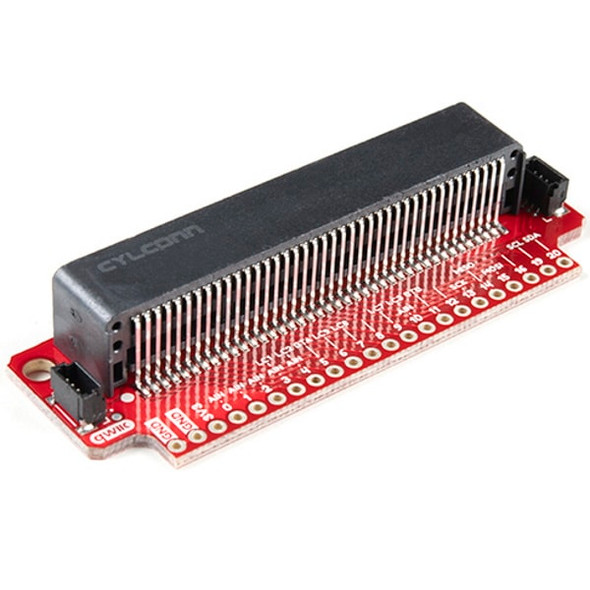

Qwiic micro:bit Breakout
£7.00Qwiic micro:bit Breakout The SparkFun Qwiic micro:bit Breakout is a board that connects to the BBC micro:bit and expands the capabilities of the development platform by providing access to more pins and allowing for connections to the I2C and SPI buses...£7.00Qty in Cart: 0Price:£7.00Subtotal: -


LMD1820x H-Bridge Breakout Board (BOB-00747)
Sparkfun
£3.00LMD1820x H-Bridge Breakout - Sparkfun BOB-00747 Discontinued last chanve to buy! A breakout board for the LMD18201 and LMD18200. These very powerful H-Bridges are great, but have a very awkward 0.067" pin pitch.This breakout board converts the 67mil...£3.00Qty in Cart: 0Price:£3.00Subtotal: -

HDMI Plug Breakout Board
AdaFruit
£5.00HDMI Plug Breakout Board Make your own custom HDMI cable or HDMI interface with ease, using this HDMI Plug to Breakout. You get a nice solid PCB with an HDMI plug and through-hole pads that you can solder to assemble your own wiring jigs. You can...£5.00Qty in Cart: 0Price:£5.00Subtotal: -
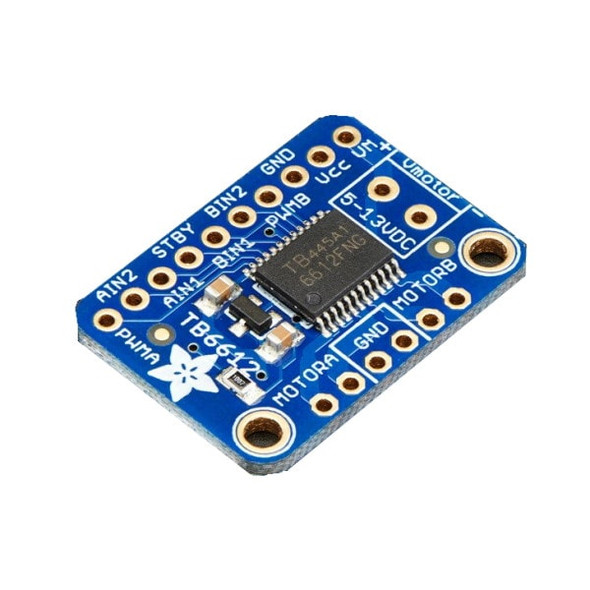

Stepper Motor Driver Breakout Board, TB6612, 1.2A DC (2448)
AdaFruit
£7.15Stepper Motor Driver Breakout Board, TB6612, 1.2A DC - Adafruit 2448 This Stepper Motor Driver Board, utilizes the TB6612, with an added polarity protection FET on the motor voltage input and a pullup on the "standby" enable pin. Each breakout chip...£7.15Qty in Cart: 0Price:£7.15Subtotal: -
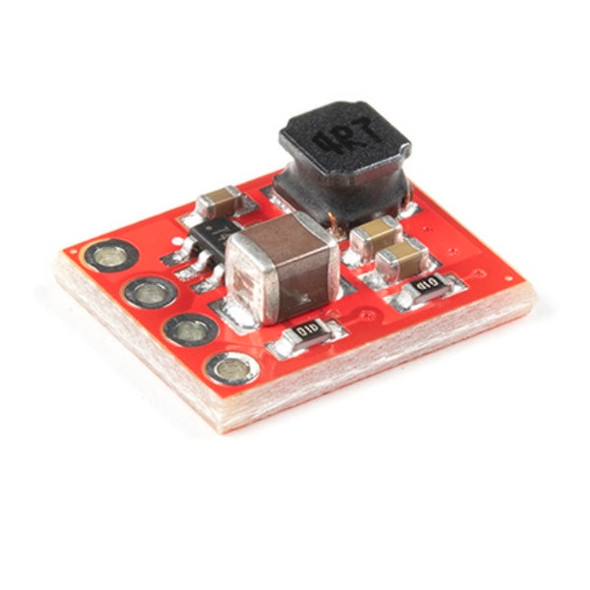
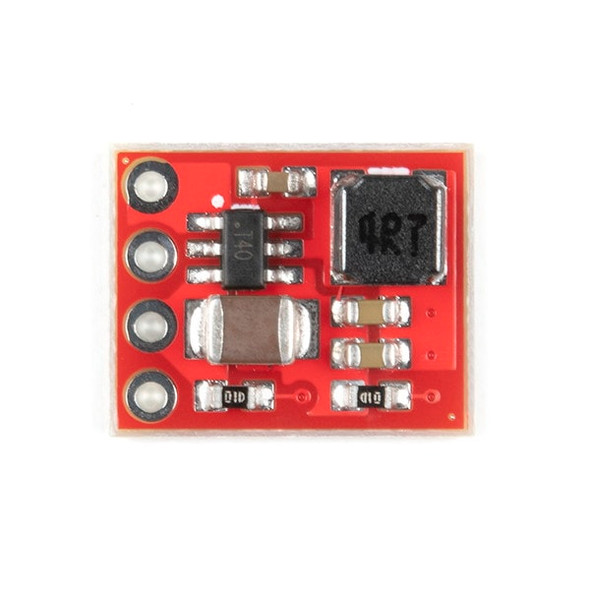
BabyBuck Regulator Breakout, 3.3V, AP63203 (COM-18357)
Sparkfun
£5.00BabyBuck Regulator Breakout, 3.3V, AP63203 - Sparkfun COM-18357 The SparkFun BabyBuck Regulator Breakout Board featuring the AP63203 from Diodes Inc., takes advantage of a 2A synchronous buck converter that has a wide input voltage range of 3.8V to 32V...£5.00Qty in Cart: 0Price:£5.00Subtotal: -
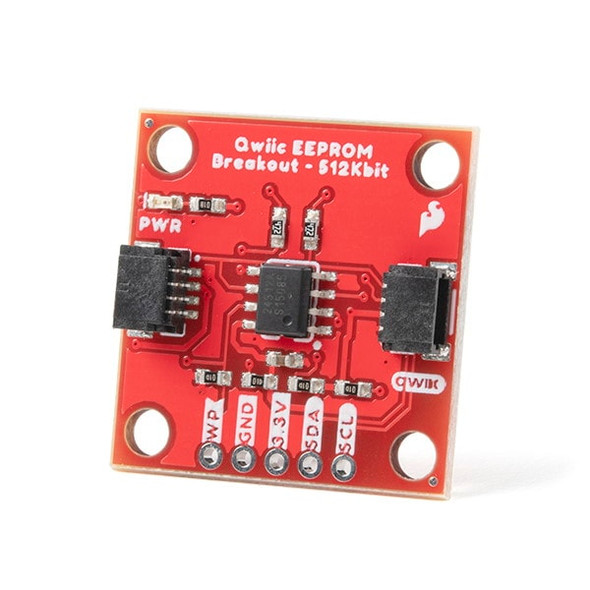

Qwiic EEPROM Breakout - 512Kbit (COM-18355)
Sparkfun
£4.50Qwiic EEPROM Breakout - 512Kbit - Sparkfun COM-18355 The SparkFun Qwiic EEPROM Breakout is a simple and cost-effective option to add some extra storage space to any project. With 512 kilo-bits (or 64 kilo-bytes) of storage, this product is great for any...£4.50Qty in Cart: 0Price:£4.50Subtotal: -


Buck Regulator Breakout, 3.3V, AP63203 (COM-18356)
Sparkfun
£6.00Buck Regulator Breakout, 3.3V, AP63203 (COM-18356) The SparkFun Buck Regulator Breakout Board features the AP63203 from Diodes Inc. This breakout board takes advantage of a 2A synchronous buck converter that has a wide input voltage range of 3.8V to 32V...£6.00Qty in Cart: 0Price:£6.00Subtotal: -

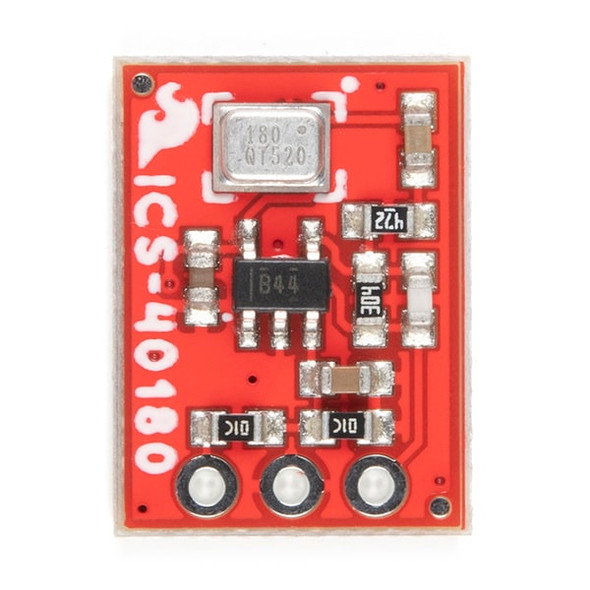
Analog MEMS Microphone Breakout, ICS-40180 (BOB-18011)
Sparkfun
£6.80Analog MEMS Microphone Breakout, ICS-40180 - Sparkfun BOB-18011 The SparkFun Analog MEMS Microphone Breakout makes it easy to work with the InvenSense ICS-40180 analog microphone. This board features an OpAmp to bring the output of the microphone to a...£6.80Qty in Cart: 0Price:£6.80Subtotal: -
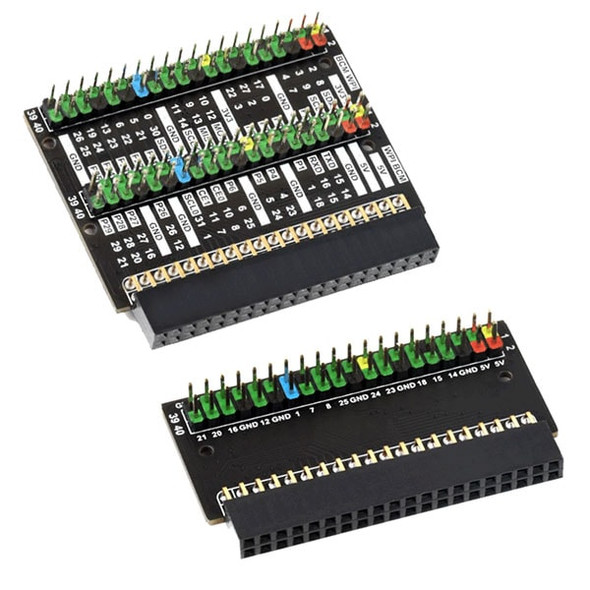

GPIO Expansion Breakout Board for Raspberry Pi Range
£5.30 - £6.30GPIO Expansion Breakout Board for Raspberry Pi Range Chances are now that you've got your Raspberry Pi 2,3 or 4, you'll want to get more access to your GPIO pins, to add sensors, cables, and other accessories. This board enables easy access to all of the...£5.30 - £6.30Qty in Cart: 0Price:£5.30 - £6.30Subtotal: -


USB-to-Serial Adapter Carrier Board, CP2102N
Pololu
£6.75USB-to-Serial Adapter Carrier Board, CP2102N This USB-to-serial adapter is a breakout board for the Silicon Labs CP2102N USBXpress USB-to-UART bridge, and it is a great solution for connecting microcontroller projects and other logic-level serial devices...£6.75Qty in Cart: 0Price:£6.75Subtotal:
